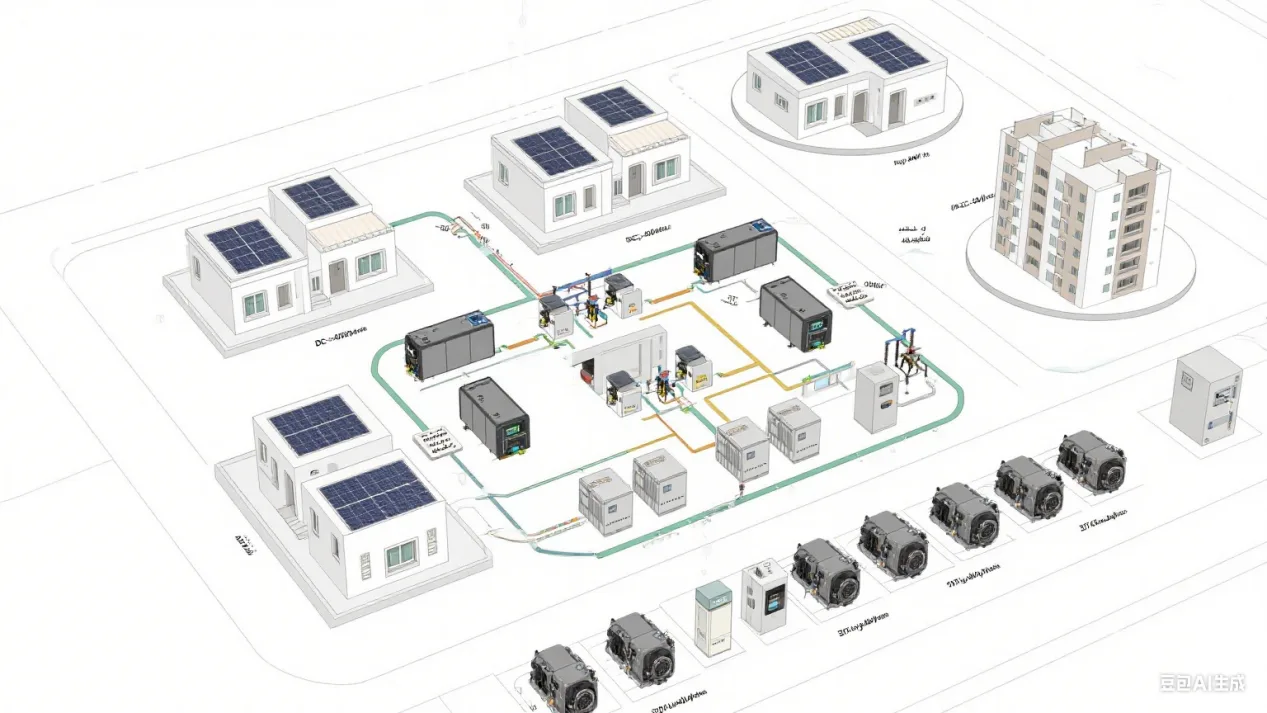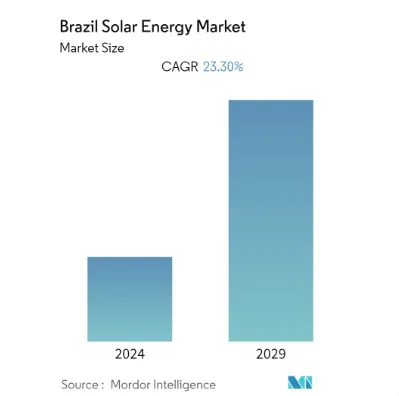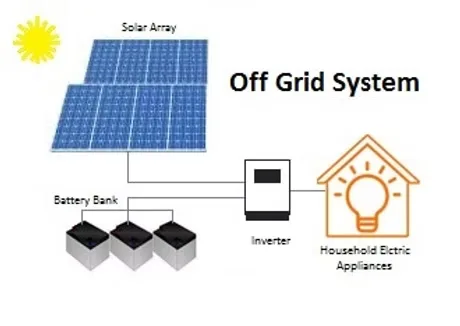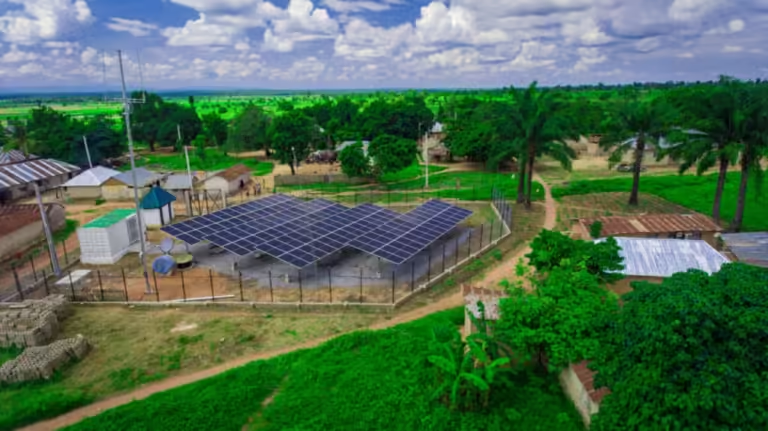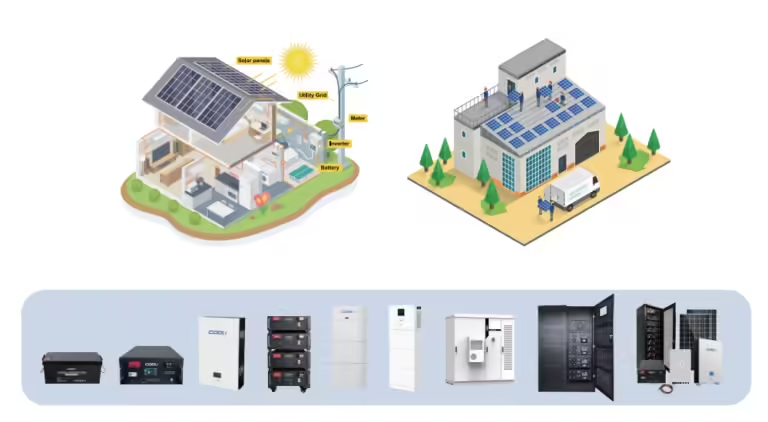off-grid complete design solution for Iraqi residential areas
Photovoltaic energy storage + diesel generator off-grid complete design solution for Iraqi residential areas
1. Solution Overview
This plan designs a pure off-grid energy system for Iraqi residential areas, with the core idea of “photovoltaic + energy storage as the main, diesel generator emergency“: using 5MWh energy storage unit as the basic module, configured by region (4 villa areas 30MWh each, 2 high-rise areas 25MWh each), a single system with 1.5MW photovoltaic/set energy storage (total 51MW), through DC-DC direct connection to achieve photovoltaic 4 hours full energy storage, to meet the daily electricity demand of 122,500 kWh. The system is connected to the grid at low voltage, isolation transformers are added in high-rise areas to ensure safety, and diesel generators (2 5MW) are only used to deal with extreme weather. For large villas, you can choose to add 30kWh household energy storage to improve power supply stability, or you can use the basic solution (no household storage) to reduce costs. Both modes are suitable for the high temperature and high dust environment in the Middle East desert.
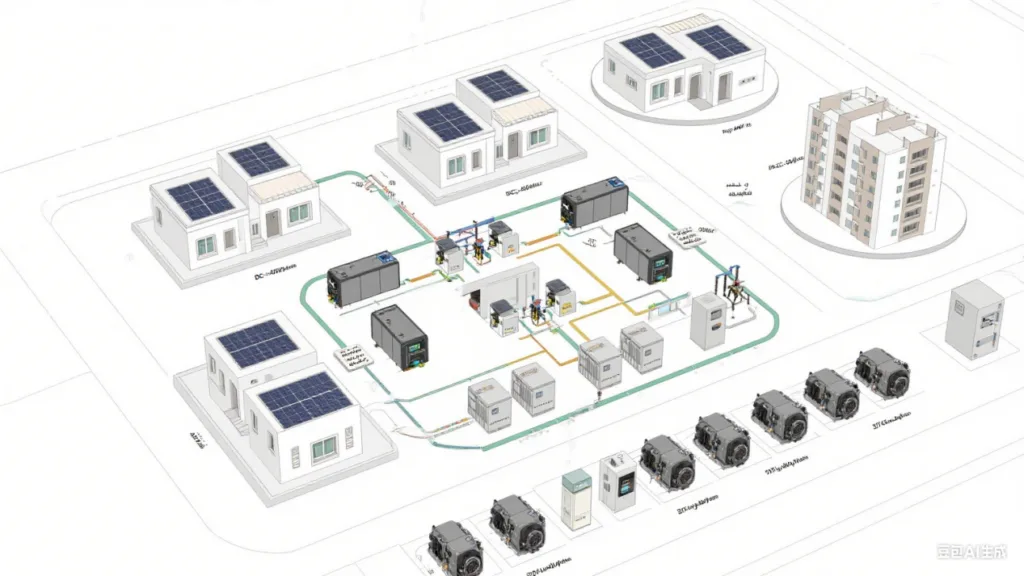
2. Core parameters and design framework
2.1. Key parameters
- Total electricity consumption: 3500 households x 35 kWh/household/day = 122500 kWh/day (the average electricity consumption of villas and high-rise buildings is calculated based on the median value of 35 kWh)
- Energy storage core requirements: meet 100% of the electricity consumption throughout the day (122,500 kWh/day), and the diesel generator will not start unless there are special circumstances (extreme weather for more than 3 consecutive days).
- Photovoltaic charging requirements: Fully charge the energy storage system within 4 hours (needs to cover the real-time power consumption during charging + energy storage charging amount)
- PCS configuration: Configured at a ratio of 1/4 of the energy storage capacity, using a first-tier brand 1.45MW system (supporting 1500V→400V low-voltage grid connection)
- Area division: 6 energy storage areas (including 2 high-rise areas, which require isolation transformers)
- Equivalent sunshine: 1790 hours/year → 4.9 hours per day (peak sunshine)
- System efficiency: Photovoltaic → energy storage (DC-DC direct connection) efficiency 0.92, energy storage discharge → load efficiency 0.88, comprehensive charge and discharge efficiency 0.81
- Energy storage system: adopts 5MWh/set standard configuration, and the total capacity is adjusted to 170MWh (meeting the electricity demand of 122,500 kWh/day, and is a multiple of 5)
- Household energy storage: large-sized villas are equipped with 30kWh/household (assuming there are 200 large-sized villas , accounting for 10% of the total number of villas), and connected to the community grid.
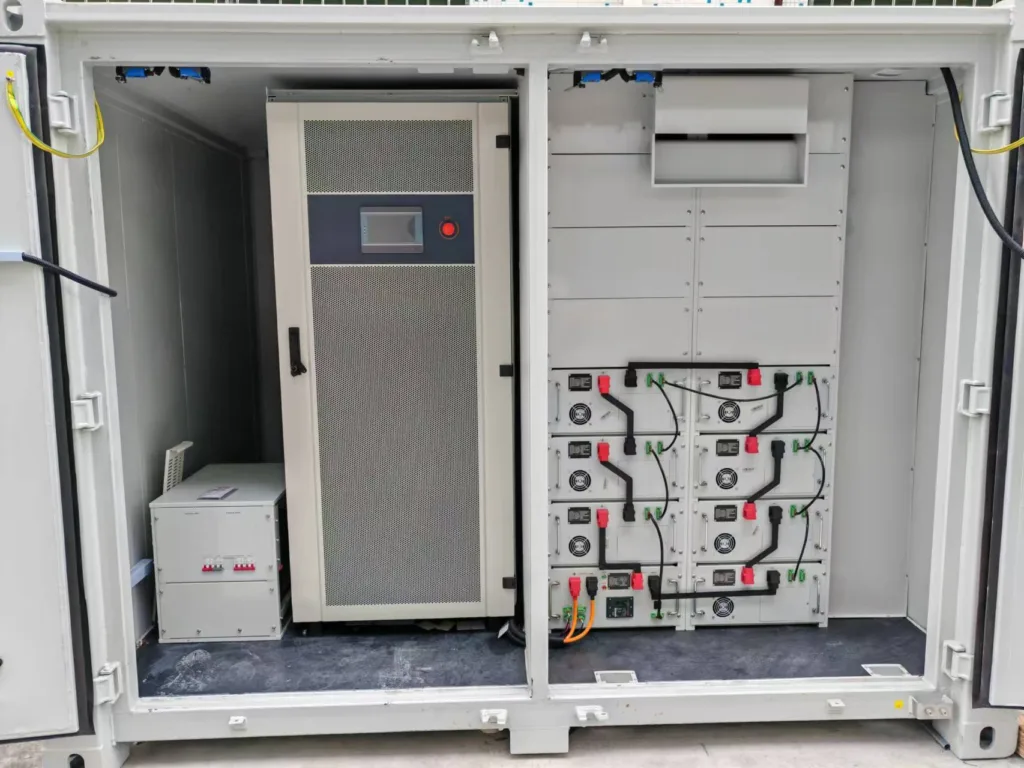
2.2. Design Logic
With the “5MWh energy storage unit” as the basic module, each area is composed of several modules, equipped with photovoltaic, convergence, conversion and other equipment; household energy storage is used as a supplement to improve the flexibility of power supply. Following the configuration logic of the Middle East desert, photovoltaics are responsible for 85% of the average daily electricity consumption + energy storage charging, and energy storage is configured at 1.2 times the average daily electricity consumption (to cope with short-term fluctuations).
3. Energy storage system configuration
3.1. Total capacity and regional distribution
- Theoretical demand: 122500 kWh/day ÷ discharge efficiency 0.88 ≈ 139205 kWh (amount of electricity to be stored)
- Actual configuration: 1.2 times redundancy design (to cope with battery degradation and extreme load) → 139205 kWh × 1.2 ≈ 167046 kWh, adjusted to 170MWh (meeting the multiple requirement of 5)
- Single-region configuration:
- Villa area (4): 30 MWh each → 30MWh÷5MWh/unit = 6 units/area (4×6=24 units in total)
- High-rise areas (2): 25MWh each → 25MWh÷5MWh/set = 5 sets/area (2×5=10 sets in total)
- Battery parameters: 5MWh/set for lithium iron phosphate battery pack (1500V DC, cycle life 6000 times, discharge depth 80% → available 4MWh/set)
- Villa and high-rise configuration can adjust energy storage configuration scheme according to actual power load
3.2. 5MWh energy storage unit supporting design (basic module)
- Module composition: 5MWh battery compartment (including BMS) + 1 set of 1.45MW PCS of a first-tier brand + 1 set of DC-DC junction cabinet
- Photovoltaic support: Every 5MWh of energy storage needs to be matched with 1.5MW of photovoltaic power (to meet 4 hours of full charge: 1.5MW×4h×0.92 efficiency = 5.52MWh, covering energy storage charging needs)
- Connection logic: PV is connected to 5MWh energy storage via a combiner cabinet → DC-DC is directly connected to the regional 400V grid via PCS
4. Composition of regional energy storage system
| Area Type | Total energy storage capacity | Total supporting photovoltaic capacity | Number of supporting PCS (1.45MW) |
| Villa Area 1 | 30MWh | 9MW | 6 units (1 unit for each energy storage system) |
| Villa Area 2 | 30MWh | 9MW | 6 units |
| Villa Area 3 | 30MWh | 9MW | 6 units |
| Villa Area 4 | 30MWh | 9MW | 6 units |
| High-rise area 1 | 25MWh | 7.5MW | 5 units |
| High-rise area 2 | 25MWh | 7.5MW | 5 units |
| Total | 170MWh | 51MW | 34 units |
4.1. 5MWh Energy Storage Unit Equipment List
| Device Name | Specifications | Quantity/ Set | Notes |
| Battery compartment | 5MWh / cabin (1500V, IP65) | 1 | |
| PCS ( a first-tier brand ) | 1.45MW (1500V→400V) | 1 pc | |
| DC-DC Converters | 1.6MW | 1 set | Specific model and power to be determined |
| High voltage switchgear | 1500V DC | 1 set | |
| Energy storage control cabinet | Integrated BMS and EMS interface | 1 set | Monitor SOC, temperature, charge and discharge current |
4.2 Regional energy storage system integration
- Villa area (30MWh): 6 5MWh units are connected in parallel and connected to the regional power grid through a 10MW low-voltage switchgear (400V).
- High-rise area (25MWh): 5 5MWh units in parallel, equipped with 5 1.5 MVA isolation transformers + 8MW low-voltage switchgear
- Isolation transformer (high-rise): Dyn11 wiring, third harmonic suppression, short-circuit impedance 6%, meeting the grounding requirements of residential areas
4.3 Household energy storage for large villas
- Household storage capacity: 200 households × 30kWh / household = 6MWh (lithium iron phosphate, discharge depth 80% → available 24kWh / household)
- Inverter: 30kWh household storage with 5kW inverter (supports 400V grid connection, with anti-reverse flow function)
- Operation logic: Prioritize self-use, and merge the surplus power into the community power grid. When there is a power shortage, take power from the grid (when SOC < 20%)
5. Photovoltaic system configuration
5.1. Derivation of installed capacity
- The amount of electricity required to complete in 4 hours:
- Energy storage charging capacity: 170MWh (total energy storage) × 80% (charged to full) ÷ charging efficiency 0.92 ≈ 148.91MWh
- 4 hours real-time electricity consumption: 122500 kWh/day×(4/24)≈20417 kWh
- Total electricity demand: 148910 kWh + 20417 kWh = 169327 kWh
- Photovoltaic installed capacity: 169327 degrees ÷ 4 hours ÷ system efficiency 0.81 (including component and cable losses) ≈ 52539kW ≈ 52.5MW
- Final configuration: 52.5MW (combined with 5MWh energy storage and 1.5MW photovoltaic, 34 sets × 1.5MW = 51MW, plus 1MW of photovoltaic for large villas, a total of 52MW)
5.2 Single 5MWh Energy Storage with Photovoltaic
- Installed capacity: 1.5MW (meet 4-hour charging: 1.5MW×4h×0.92 efficiency = 5.52MWh, covering energy storage charging needs)
- Number of modules: 1.5MW÷0.69kW/module≈2174 modules (690W modules)
- Convergence design: Series connection to 1.5MW convergence cabinet (including lightning protection and fuse protection)
5.3 Regional photovoltaic allocation ( optional for villa roof )
- Single villa area (30MWh energy storage): 6 sets of 5MWh modules → 6×1.5MW=9MW photovoltaic
- Single-family villa allocation: 2,000 households (ordinary villas) will be equipped with an average of 51MW of photovoltaic power → 25.5kW/household (25.5kW÷0.69kW/block≈37 blocks/household)
- Roof area: 37 blocks × 2.31㎡ × 1.1 ≈ 95㎡/household (ordinary villa), large villas reserve an additional 10㎡ for household photovoltaic storage
5.4 Photovoltaic confluence and connection
- Combiner cabinet: 1 combiner cabinet (DC 1500V, rated current 1250A) for every 1.5MW of photovoltaic power, a total of 34 cabinets (matching the number of 5MWh energy storage sets)
- DC cable: Cable (90°C temperature resistance, dust resistance and aging resistance), photovoltaic → combiner → DC-DC → energy storage
6. Configuration of key electrical equipment
6.1 Low voltage switchgear (AC)
- Specifications: 400V AC, rated current , equipped with drawer type circuit breaker
- Quantity: 6 sets (1 set per area ), high-rise area with isolation transformer interface
- Protection function: overcurrent, overvoltage, zero sequence protection, and PCS linkage tripping
6.2 Diesel generator supporting equipment
- Generator switch cabinet: 10 1 MW diesel generators each equipped with 1 switch cabinet (including synchronous grid-connected device)
- ATS switch cabinet: 10 units (automatic transfer switch, switching time <50ms), connecting the generator and the community main power grid
6.3 Measuring and monitoring equipment
- Gateway meter: 1 level 0.2 smart meter per area (monitoring photovoltaic output, energy storage charging and discharging, and load power consumption)
- Environmental monitors: 6 (1 per area), monitoring temperature, dust concentration, wind speed (linked with photovoltaic cleaning)
7. Diesel generators and emergency support
7.1 Diesel generator configuration
- Capacity: Maintain 10 units of 1000 W (total 10MW), matched with 170MWh of energy storage (to meet 3 days of power supply in extreme weather conditions)
7.2 Startup Logic Optimization
- Level 1 trigger: Regional energy storage SOC < 15% and photovoltaic output < 30% (lasting 12 hours)
- Second level trigger: 2 or more areas are out of power at the same time, or the average SOC of household storage is less than 10% ( centralized alarm for large villas )
8. System operation logic
8.1 Single 5MWh energy storage + 1.5MW photovoltaic operation
- Morning ( about 8 :00-12 : 00 ) : PV gives priority to charging the energy storage (1.5MW full power), charging the energy storage from 20% to 100% within 4 hours
- Afternoon ( about 12 :00-18:00): Photovoltaic power supply directly, excess power to supplement energy storage (maintain SOC ≥ 90% )
- Nighttime (18:00- 8:00 ): Energy storage is discharged through PCS and distributed according to regional load demand (maximum discharge of a single set is 1.45MW)
8.2 Regional coordination (taking 30MWh in the villa area as an example)
- 6 sets of 5MWh units are connected in parallel, with a total discharge capacity of 6×1.45MW=8.7MW
- Peak load (18:00-22:00): 6 sets discharge simultaneously to meet the regional peak demand of about 8MW
- Off-peak hours (2:00-6:00): 2-3 sets are sufficient, and the rest are in standby mode
8.3 Coordination of household deposits for large-sized villas
- Noon (12:00-14:00): Household photovoltaic power generation → Priority is given to household air conditioning (peak load), and the remaining power is incorporated into the community power grid
- Nighttime (20:00-22:00): Household storage discharges to supplement household electricity consumption and reduce the pressure of energy storage discharge in the community
- Emergency status: When the community power grid fails, the household storage automatically switches to off-grid mode (supporting 4 hours of power supply for key household loads)
8.4 Response to extreme weather (3 consecutive days of sandstorms)
- PV output drops to 20% → average daily power generation 52MW×4.9 hours×0.2=50.96MWh
- The energy storage is discharged to 50% on the first day, discharged to 30% on the second day, and the diesel generator is started on the third day (supplementing 71540 degrees/day)
9. Equipment List
| Device Type | Specifications | Quantity | Notes |
| Photovoltaic panels | 690W Monocrystalline Silicon | 75362 pieces | Including household components for large villas |
| 5MWh Energy Storage Unit | 1500V, liquid-cooled | 34 sets | 24 villas, 10 high-rises |
| Household energy storage | 30kWh / household (48V) | 200 sets | Exclusive for large villas |
| PCS System | A first-tier brand 1.45MW (1500V→400V) | 34 units | Equipped with energy storage unit and 200 household inverters |
| Combiner Cabinet (DC) | 1.5MW, 1500V | 34 units | Photovoltaic confluence |
| High voltage switchgear (DC) | 1500V, 3150A | 40 faces | 34 units + 6 area cabinets |
| Isolation Transformer | 2MVA (400V) | 2 units | Dedicated to high-rise areas |
| Diesel Generators | 1 MW | 10 units | With synchronous grid-connected device |
| Low voltage switchgear (AC) | 400V, 6300A | 6 units | 1 per area |
| Generator switchgear | 10 units | Each diesel generator is equipped with 1 set | |
| ATS Switch Cabinet | Automatic conversion, switching time <50ms | 2 units | Connect the generator to the community main grid |
| Gateway Electricity Meter | Class 0.2 Smart Meter | 6 units | 1 per area |
| Environmental Monitors | Monitor temperature, dust concentration, wind speed | 6 units | 1 per area |
| DC Cables | On demand | Photovoltaic → combiner cabinet → DC-DC → energy storage |
10. Reliability and Economy
10.1. Reliability Design
- Photovoltaic dust resistance: Nano coating on the surface of the module (reduces dust adhesion by 30%), cleaned once a week
- Energy storage redundancy: 30MWh (villa), 25MWh (high-rise) in a single area, including 10% backup capacity, can support other areas
- Power supply guarantee: system availability ≥ 99.8% (power outage ≤ 7 hours per year)
- Household storage improves reliability: Household storage in large villas can support 5% of the total load of the community (about 6,000 degrees/day), and reduce the number of diesel generator starts in extreme cases; household storage is linked with the main grid: through EMS, “main grid priority, household storage is used” to avoid the island effect
11. Summary of the Solution
This solution achieves standardized system configuration and flexible expansion through the modular design of “5MWh energy storage + 1.5MW photovoltaic”. The newly added high-voltage switchgear, junction cabinet and other equipment improve the electrical safety link, and the household storage of large-sized villas improves the power supply redundancy. The solution meets the needs of pure off-grid operation of Iraqi residential communities, adapts to the environmental characteristics of the Middle East desert area, and performs well in terms of reliability and economy. The household storage scale can be adjusted according to the actual number of large-sized villas , or the spacing between photovoltaic modules can be optimized to adapt to a smaller roof area.

